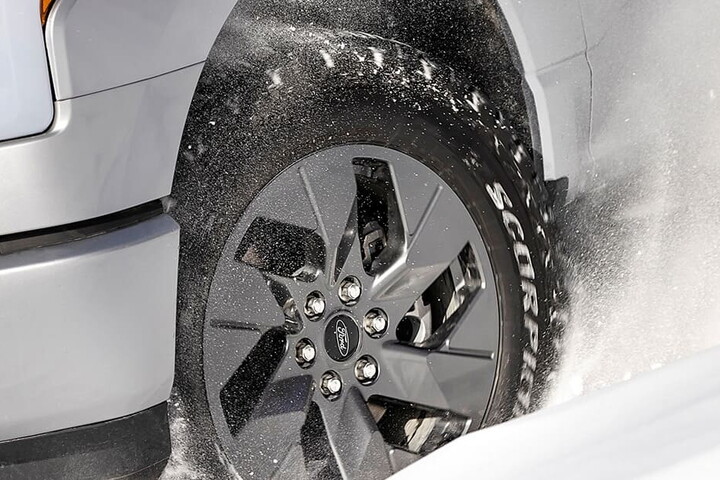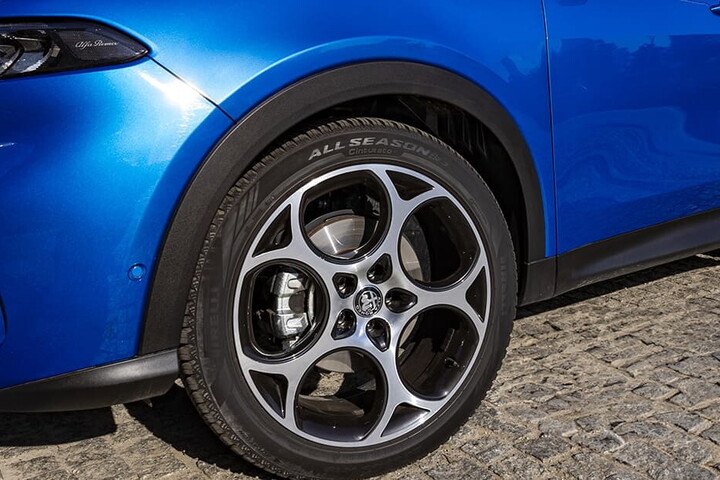There are still way too many motorists who ignore the fact that correct tyre pressure is important both in cold weather and in hot weather, since temperature is the direct cause of the variations in the pressure itself. That's why controlling it when the seasons change is as important as covering up for winter or losing a few layers for summer.
In general, in winter the tyre pressure decreases, while in spring and summer it increases compared to previous months. The cause is the rise in the volume of heated air. What does this mean? It means that the sudden rise in temperature will also have an effect on the tyre pressure, which could easily be higher than that recommended by the car manufacturer in the owner's manual. In winter, the opposite occurs, with the pressure dropping below the correct value.
Never too much pressure
With over-inflation caused by heat (but also by an incorrect check), there is always uneven tyre wear (mainly in the centre), less grip and far from total driving satisfaction. This is also the reason why manufacturers recommend different tyre pressure values that are worth remembering.
The standard value is generally recommended for the best driving comfort, while in the case of luggage and passengers it is a good idea to raise it. It should also be inflated to the maximum value for top-level efficiency and a good reduction in fuel consumption levels. An example on a city car: the standard pressure is 2.2-2.1 bar for the front and rear wheels respectively. With a full load, it makes sense to raise it to 2.5 bar while at 2.8 bar; you're putting savings before comfort.
The spare tyre should be inflated to 2.6 bar. Exceeding these pressures could seriously compromise driving stability and comfort (tyres help to filter out unevenness when they are not overinflated). Bear in mind that every model has its own recommendations, so you should always check the values recommended in the owner's manual.
Errors to avoid
If you realise that the tyre pressure is too high, one mistake that many people make is to deflate tyres while they are hot in order to correct it. It is better to do this when the tyres have cooled down. In general, to check the tyre pressure correctly with the heat, a few simple rules apply.
Rule number one: the tyres must be cold. This means that the car must have been stationary for at least two hours and in the shade or have driven less than 3 km at low speed. Rule number two: in an emergency, the pressure can be adjusted when the tyres are hot by adding no more than 0.3 bar to the ‘cold' value specified by the car manufacturer. You should not make this a habit and in any case you must recheck the tyre pressure when they are cold. Rule number three: inflating tyres with nitrogen does not do away with the need for frequent checks, if anything, it limits the problem of deflation but it does not solve it completely.




